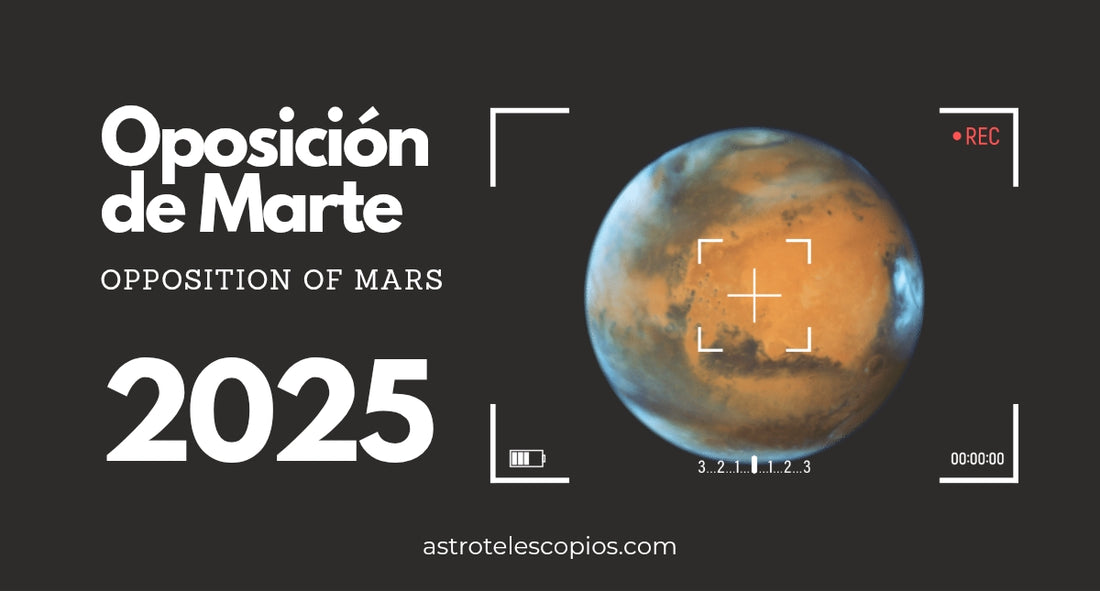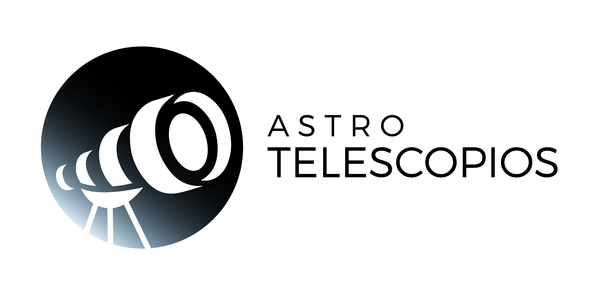
Get ready for the Mars Opposition of 2025
On January 16, 2025, astronomy enthusiasts will have a special opportunity to observe Mars in its full glory during an event known as "opposition." This celestial phenomenon, which has not occurred since December 2022, will be visible to the naked eye and will not be repeated until 2027. Find out in this article what the opposition of Mars is, why it is important, and how you can enjoy it.
What is the opposition of Mars?
Opposition is an astronomical event that occurs when Earth, Mars and the Sun align in a straight line, with our planet at the center. Due to the different speeds of Earth (365 days) and Mars (687 days), this alignment occurs every 780 days, approximately every two years and two months.
During opposition, Mars is at its closest point to Earth, making for a fascinating spectacle. Although the planet will be 96 million kilometres away this time, it will be easily observable thanks to the sunlight it reflects directly back at us.
Why is this opposition so special?
Unlike other planets such as Jupiter, Saturn or Neptune, whose oppositions occur almost every year, those of Mars are less frequent and vary in distance due to the elliptical nature of their orbits.
In 2020, Mars reached a distance of just 62 million kilometres from Earth, allowing for exceptional observations. However, recent and upcoming oppositions (including the one in January 2025) are occurring at greater distances. We will have to wait until 2033 to see the Red Planet as close as we did in 2020.
How to observe Mars during opposition
Mars will be visible as a bright red dot in the night sky, easily distinguishable from other stars and planets. You won't need a telescope to spot it, although those with one will be able to admire details on its surface, such as the polar ice caps and some geological formations.
The best time to observe it will be on the nights around January 16, when the planet reaches its maximum brightness.
In Spain, it is recommended to look towards the East, between 8pm and 10pm before the Moon rises. Even in cities with high light pollution, the phenomenon will be visible.

Illustration made with Stellarium, an application for observing the sky with Smartphones. Mars in the constellation of Gemini on the night of January 16, 2025 at 9 p.m. Spanish peninsular time.
Recommended telescopes for planetary observation
The main planets in the solar system to observe with telescopes and astrophotography are: Venus, Mars, Jupiter and Saturn due to their "closeness" to planet Earth.
Mars is a smaller planet and therefore more difficult to observe details of its surface. However, when it reaches opposition we have a great opportunity to admire it and see details of its surface if you have the right equipment.
For good results, telescopes with an aperture of 150mm or more and focal lengths of 1500mm or more are recommended. In contrast, you will also get very good results with Maksutov telescopes, even with the smallest 90mm aperture telescopes and refractor telescopes with an aperture of more than 100mm.
Remember that the more magnification a telescope can offer, the better.
If you need advice on choosing your equipment, please contact us via WhatsApp or email atencionalcliente@astrotelescopios.es.
An event not to be missed
The opposition of Mars is not only an opportunity to observe a natural spectacle, but also a reminder of our connection to the cosmos. Whether seen with the naked eye or with the help of telescopes, this phenomenon invites us to reflect on the immensity of the universe and the mysteries of the Red Planet.
Take advantage of this unique event to admire Mars in all its splendor, and mark your calendar for the next appointment in 2027. In the meantime, enjoy this celestial gift that, although it occurs every two years, always manages to surprise us.
